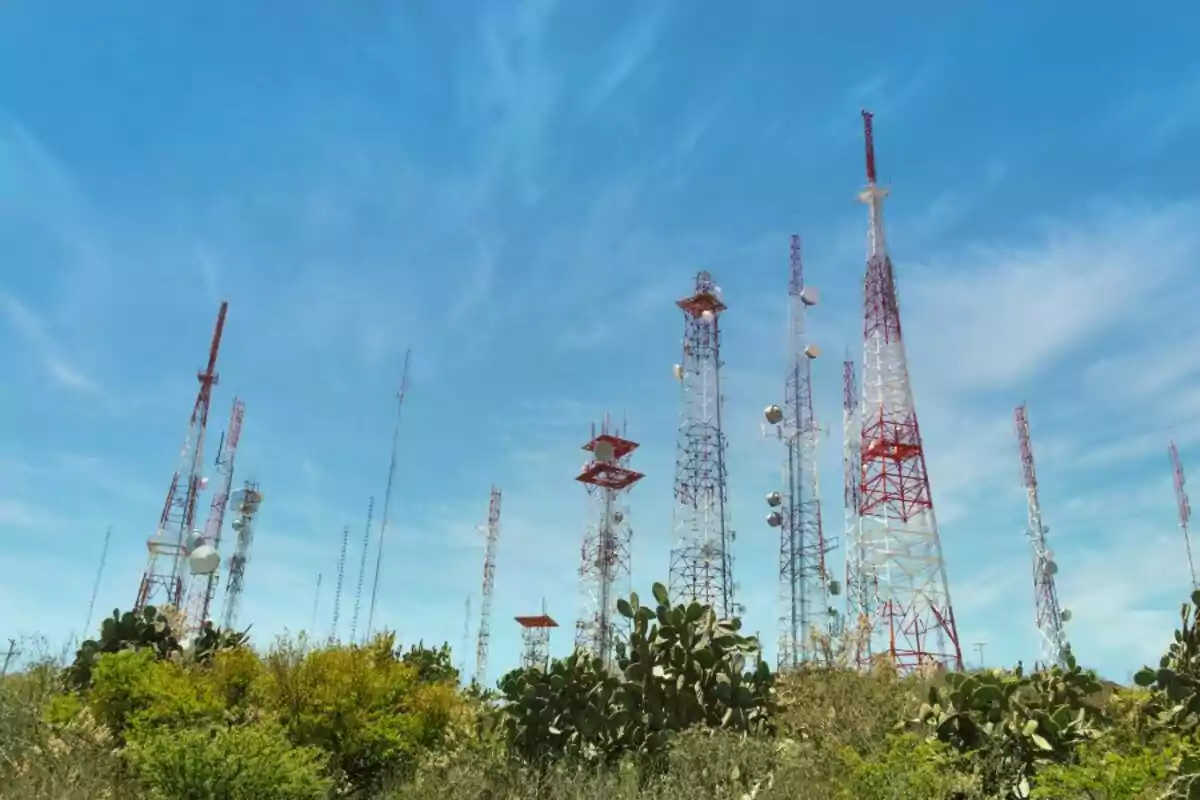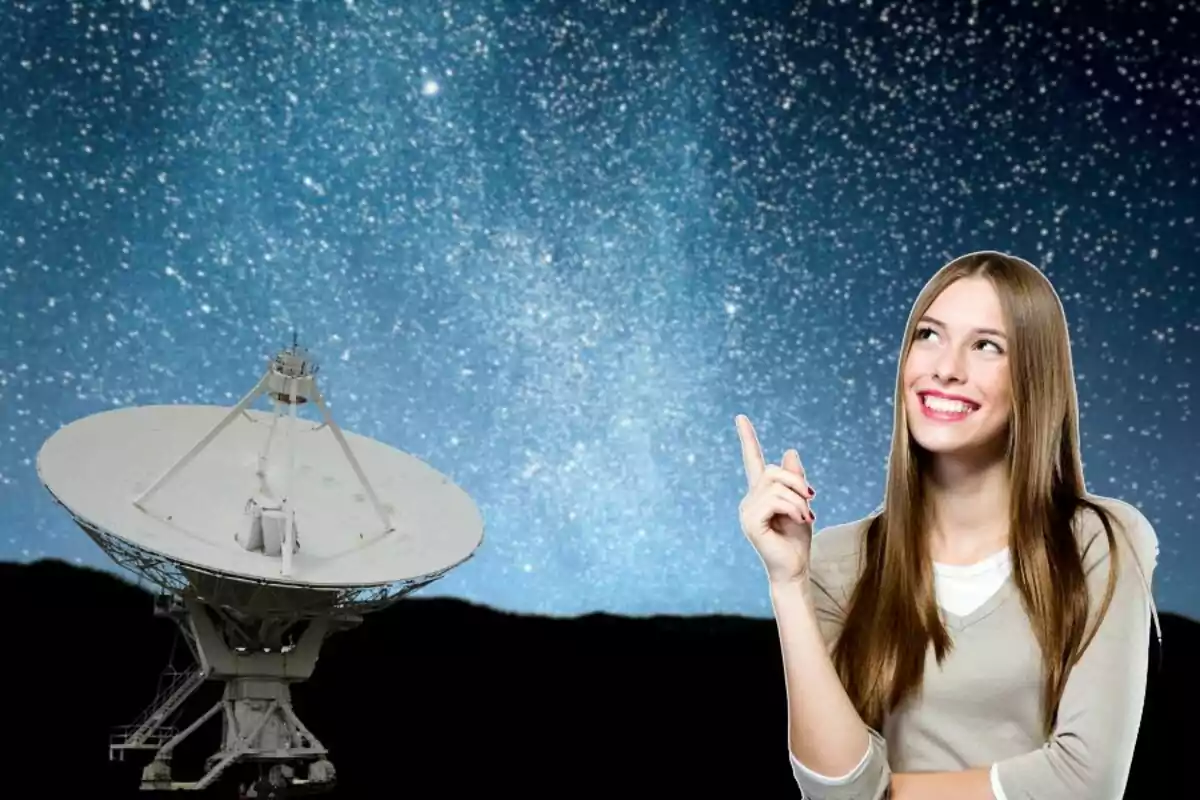NASA keeps surprising with their innovative scientific missions. With a space-centered approach, the agency has shown that every discovery can have a direct impact on our daily lives. However, NASA's new initiative moves away from the usual space exploration research and targets a much closer phenomenon.
This mission has captured attention not only for its originality, but also for the implications it could have for global communications. From their astronomical observations to their most current research, the agency continues to innovate in the way they approach scientific problems. However, this time, the focus is on something that's right above our heads, but that most of the time goes unnoticed.

SEED mission: a unique approach from the Pacific
The mission, called "Sporadic-E ElectroDynamics" (SEED), was launched by NASA on June 13 and aims to investigate the mysterious "Sporadic-E layers." These formations in the ionosphere, located between 37 mi. (60 km) and 621 mi. (1,000 km) high, are invisible to the naked eye. Nevertheless, they generate interference in radio communications, something that can cause serious problems.
To address this enigma, NASA has chosen Kwajalein Atoll, in the Marshall Islands, as the starting point for their research. From there, they're carrying out sounding rocket launches that allow scientists to study these layers in real time. The data collected will help to understand how these structures alter signals that depend on electromagnetic waves, even affecting the work of air traffic controllers and other communications.

New data to improve global communications
The rockets launched during the SEED mission have a very specific purpose: to measure the layers of the ionosphere. Each launch leaves vapor trails that, when observed from Earth, allow researchers to measure wind patterns in three dimensions. In addition, the rockets release scientific subpayloads that transmit key information about particle density and magnetic fields in the ionosphere, helping to clarify knowledge of this natural phenomenon.

As the launches progress, NASA expects to obtain data that could transform the way we manage technological communications. Aroh Barjatya, principal investigator of the mission, explained that the study of this phenomenon will allow us to understand the Sporadic-E layers and, in addition, will offer solutions to improve communications. With this mission, NASA keeps showing that science and technology can significantly improve our daily lives.

